The historic City of Staunton, Virginia is as alive today as it was back in the Nineteenth Century as a Shenandoah Valley agricultural center and railway juncture. Back in the nineteenth century, before the Civil War, Staunton was a wealthy center of commerce and culture in the Valley.
During the War of Northern Aggression, Staunton was a vital depot for the Virginia Central Railroad, which provided the transportation of essential food stores, whose production continued during the Civil War even though battles raged all over the Shenandoah Valley. The depot still stands today on Middlebrook Avenue.
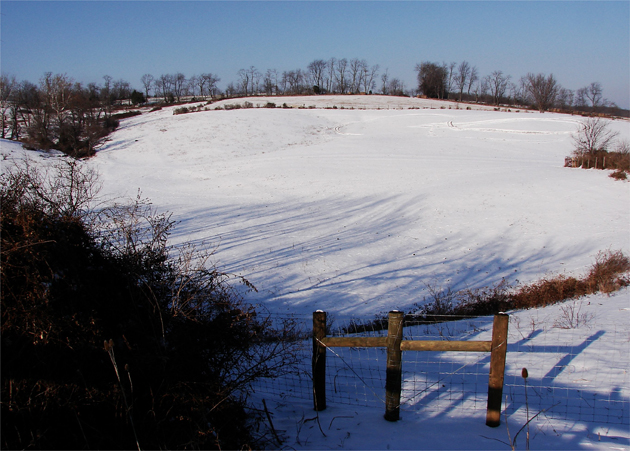
The country side north and west of Staunton reminds me of an Andrew Wyeth painting - if he ever worked in sunlight: Above. Location and terrain map of Staunton, Va: Below.
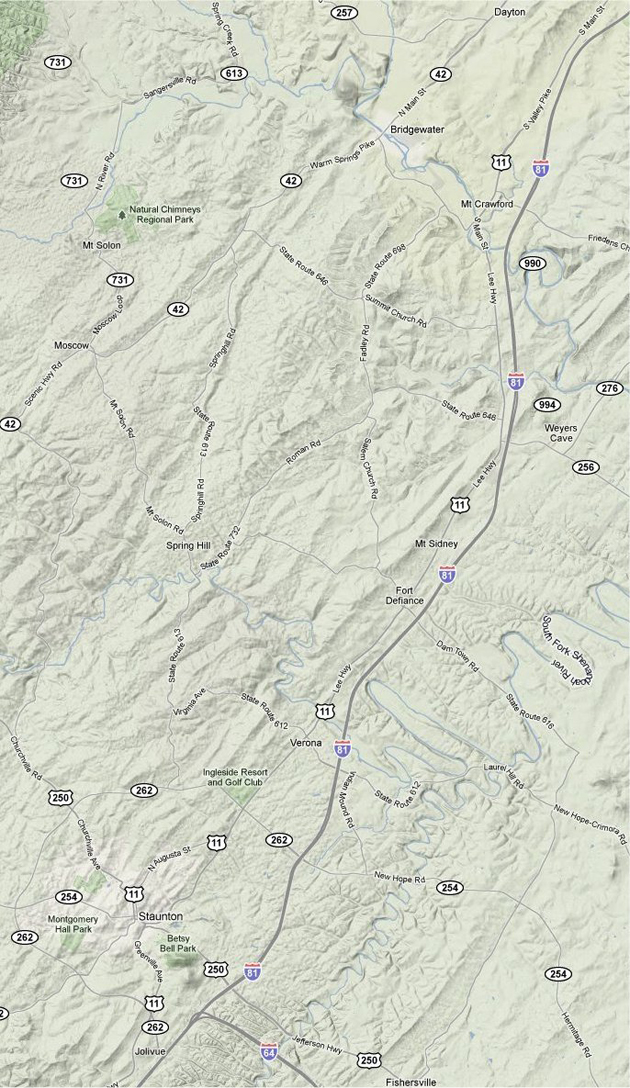
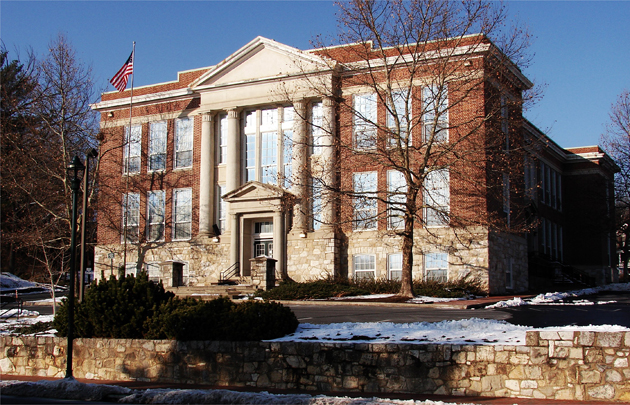
The Staunton Public Library was the first significant structure that we saw as came into town from the northwest: Above. St. Francis Catholic Church on North Augusta Street: Below.
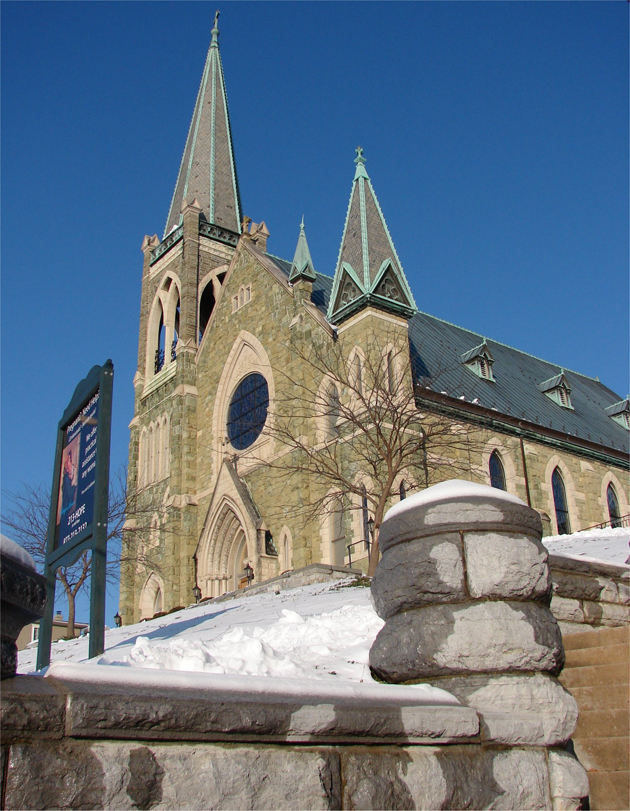
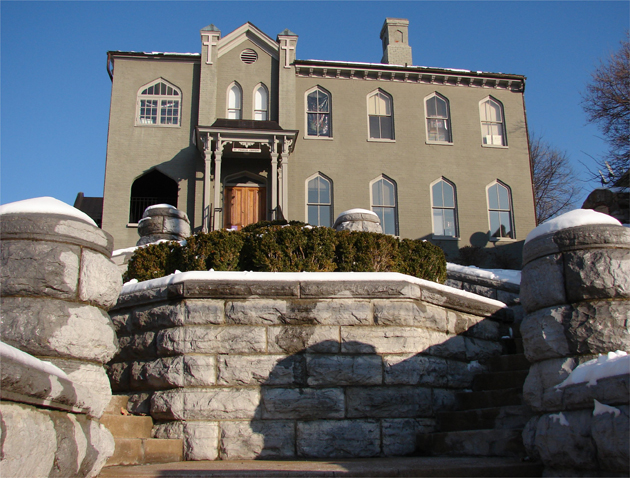
This St. Francis Catholic Church annex is a hodgepodge combination of Victorian - Federal Architecture: Above. This building, designed by T. J. Collins in the late 1800s is a classic Victorian masonary structure on the corner of Augusta and Beverly Streets, is the repository of retail antique furniture: Below.
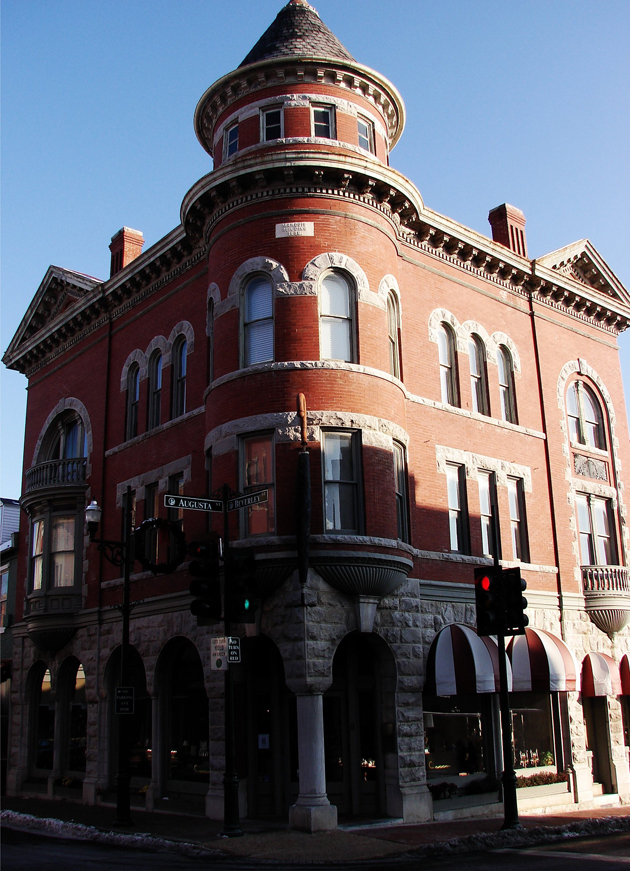
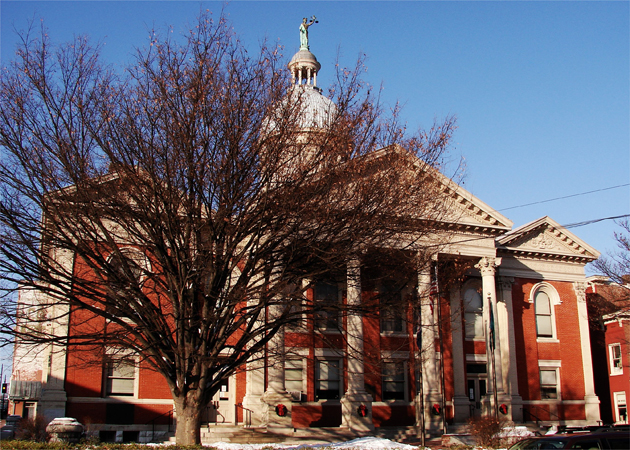
The Augusta County Court House, classic Greek Revival, is on the corner of Augusta and East Johnson Street: Above. These neo-Federal style architectural buildings are like many others in Staunton's Historic Warehouse District, one of 6 sanctioned historic districts, which line the same street, Middlebrook Avenue, as the old Virginia Central Railroad Depot: Below.
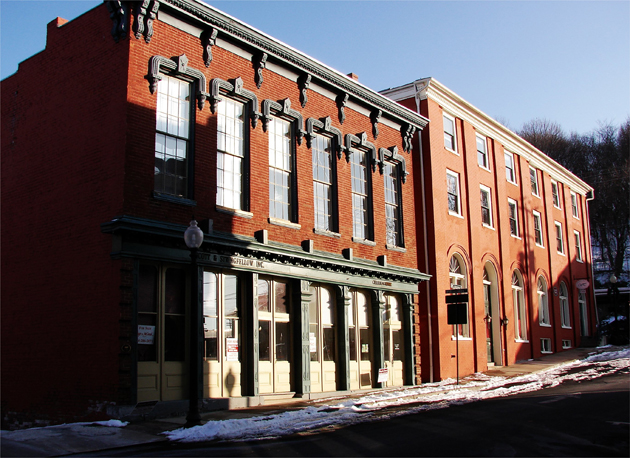
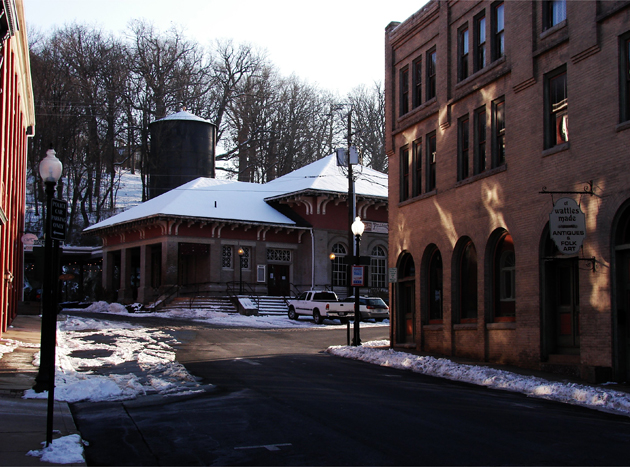
As we look down Middlebrook Avenue to the old depot, we notice that the avenue bends to run parallel with the railway. Along the Middlebrook Avenue, there are many renovated structures that have been retrofitted to perform a much different service than when they were warehouses: Above and below.
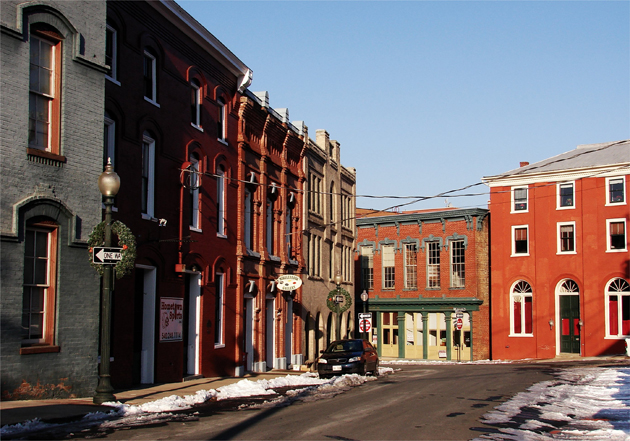
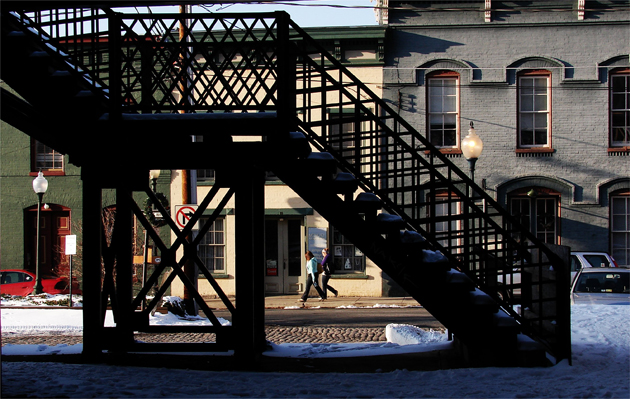
Looking through the iron worked stairs to the upper platform that once provided access to pedestrians above the train (I have absolutely no idea at this point why the two-story free-standing stairs are here. A little help?), we can see the old warehouses and saloons that are now shops and bars: Above. The bend in the track occurs exactly at the depot, where I stood upon its concrete platform: Below.
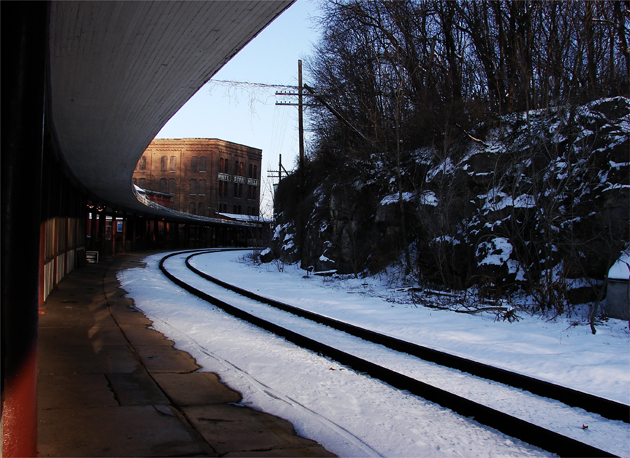














 The country side north and west of Staunton reminds me of an Andrew Wyeth painting - if he ever worked in sunlight: Above. Location and terrain map of Staunton, Va: Below.
The country side north and west of Staunton reminds me of an Andrew Wyeth painting - if he ever worked in sunlight: Above. Location and terrain map of Staunton, Va: Below.



 This St. Francis Catholic Church annex is a hodgepodge combination of Victorian - Federal Architecture: Above. This building, designed by T. J. Collins in the late 1800s is a classic Victorian masonary structure on the corner of Augusta and Beverly Streets, is the repository of retail antique furniture: Below.
This St. Francis Catholic Church annex is a hodgepodge combination of Victorian - Federal Architecture: Above. This building, designed by T. J. Collins in the late 1800s is a classic Victorian masonary structure on the corner of Augusta and Beverly Streets, is the repository of retail antique furniture: Below.

 The Augusta County Court House, classic Greek Revival, is on the corner of Augusta and East Johnson Street: Above. These neo-Federal style architectural buildings are like many others in Staunton's Historic Warehouse District, one of 6 sanctioned historic districts, which line the same street, Middlebrook Avenue, as the old Virginia Central Railroad Depot: Below.
The Augusta County Court House, classic Greek Revival, is on the corner of Augusta and East Johnson Street: Above. These neo-Federal style architectural buildings are like many others in Staunton's Historic Warehouse District, one of 6 sanctioned historic districts, which line the same street, Middlebrook Avenue, as the old Virginia Central Railroad Depot: Below.

 As we look down Middlebrook Avenue to the old depot, we notice that the avenue bends to run parallel with the railway. Along the Middlebrook Avenue, there are many renovated structures that have been retrofitted to perform a much different service than when they were warehouses: Above and below.
As we look down Middlebrook Avenue to the old depot, we notice that the avenue bends to run parallel with the railway. Along the Middlebrook Avenue, there are many renovated structures that have been retrofitted to perform a much different service than when they were warehouses: Above and below.

 Looking through the iron worked stairs to the upper platform that once provided access to pedestrians above the train (I have absolutely no idea at this point why the two-story free-standing stairs are here. A little help?), we can see the old warehouses and saloons that are now shops and bars: Above. The bend in the track occurs exactly at the depot, where I stood upon its concrete platform: Below.
Looking through the iron worked stairs to the upper platform that once provided access to pedestrians above the train (I have absolutely no idea at this point why the two-story free-standing stairs are here. A little help?), we can see the old warehouses and saloons that are now shops and bars: Above. The bend in the track occurs exactly at the depot, where I stood upon its concrete platform: Below.










